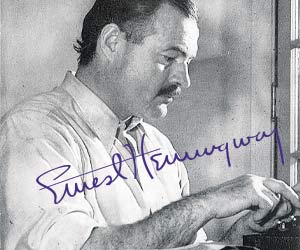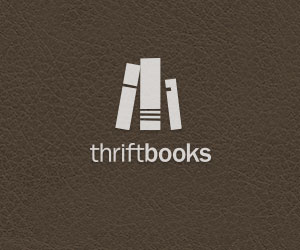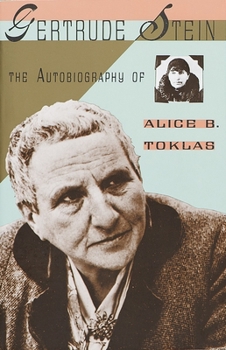The Autobiography of Alice B. Toklas
Select Format
Select Condition 
Book Overview
The Autobiography of Alice B. Toklas was written in 1933 by Gertrude Stein in the guise of an autobiography authored by Alice B. Toklas, who was her lover. It is a fascinating insight into the art... This description may be from another edition of this product.
Customer Reviews
A Charming Memoir
You Will Enjoy and Dislike Portions of this Book [78]
What a great read!
Language as liquid
The Autobiography of Alice B. Toklas Mentions in Our Blog

Literary giant Ernest Hemingway was a bullish character who captured the public interest with his colorful life. An ardent adventurer, he poured his experiences into rich, stirring tales, written in his singular, understated prose. To celebrate his birthday, here are seven surprising facts about the iconic figure.

Five words you never want to hear in a comparative lit class?
"Yeah, going off of that..."
Which, when translated to normal human speak, actually means "This in no way relates to the point you just made, but I really love to hear myself talk." Every English major knows the scenario: The class circles up after reading (or not reading) a beautifully crafted piece of literature, and an intellectually-indulged twenty-something decides to hijack the discussion with the deluded idea that they have the book completely figured out. But the thing about great literature is that no one has managed to totally figure it out – that's why it stands apart as a selection of work that we all keep coming back to. Plus nothing kills an engaging class discussion quite like an unchecked know-it-all. Whether you're the type of student who's read the book before it was assigned, or who only highlights quotes they find on sparknotes, these ten works of literature are worth a second (or third) read. And here's a plus; two of them are comic books.





